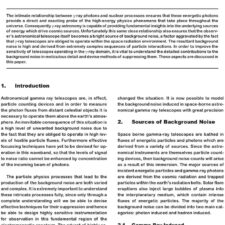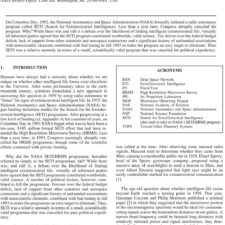Slow Boat to Centauri: A Millennial Journey Exploiting Resources Along the Way
£5.00
P. A. Gilster (2013), JBIS, 66, pp.302-311
Refcode: 2013.66.302
Abstract:
Before our species can begin interstellar exploration, a Solar System-wide infrastructure will need to be in place. Driving its construction will be two realities: 1) We will need to develop the technologies to alter the trajectories of Earth-crossing objects as a means of planetary security; 2) Our drive to understand our place in the universe will impel us to explore ever more distant targets to learn whether or not life exists elsewhere. Interstellar expansion is not likely to be sudden and disruptive but an evolutionary progression through a series of ever more distant targets that satisfy these imperatives. Exploration of the outer planets will search for life in sub-surface oceans on venues as distinct as Europa, Triton and numerous Kuiper Belt objects. Understanding the factors that disrupt the Oort Cloud will lead us to the study of what Freeman Dyson calls “iceteroids” and the possibility of exotic life even there. Rogue planets moving through interstellar space without stars are under investigation, with several candidate objects already identified. Before we reach even the nearest stars, we will examine these and consider the possibility of faint brown dwarfs in nearby space. Ultimately, our journey into the Orion Arm will witness many stops along the way. The Oort Cloud may extend halfway to Alpha Centauri and our dispersal can be gradual as we move between our own system and the possibly overlapping cometary cloud around the Alpha Centauri stars. Such “slow boat” migration may take tens of millennia but involves no technologies inconsistent with known physics.





